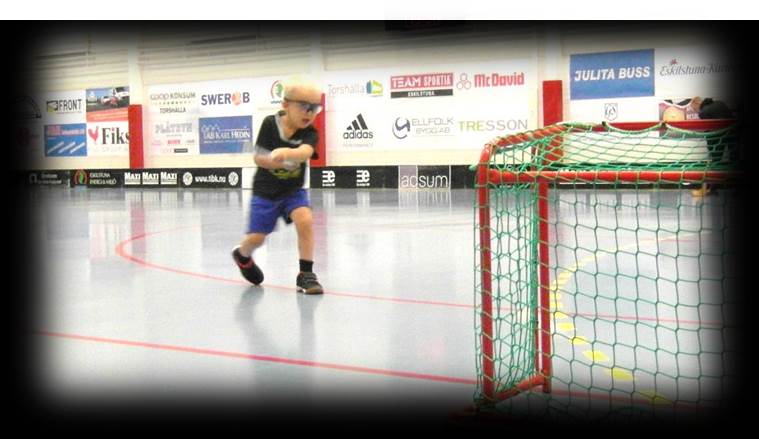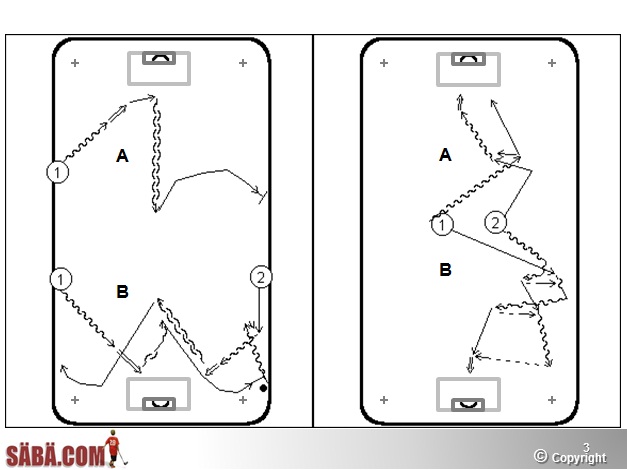Social loafing
In order to avoid social loafing (social loafing = I’m not important, nobody will recognize if I don’t do my best), it’s important that you give feedback to all of your players, so they know you see them, and they feel they are unique, important and meaningful for the team’s success. This is especially important for the players with less “glamorous” roles, left or right defensemen (compared to a striker), hardworking defensive players or the substitutes (Waterboy).
See each individual performance
So you need to ensure you see each and every individual performance, and are able to give feedback, so the players can’t fall in to the trap of social loafing, they feel that you see them all the time and therefore the value of their performance will increase, you are showing them every player is important for the teams success. Like the small thing in the corner, when you played defense, so the opponents where not able to get in the front of the goal…
Floorball matches and practices
This is of course applicable for both floorball games and practices. Look at José Mourinho during the games, he is taking notes and writing in his small notebook through the whole game. It’s impossible to remember everything from the floorball game or practice… Your notes will help you when you want to give correct feedback after a floorball game or practice to each player, and the message will be stronger if you can refer to the the game situations correctly. Individual meetings with each floorball player will be a helpful method to avoid social loafing.
Feedback Guidelines
– Do it directly if it’s possible
– Be precise (use examples from the game and practice)
– React on one action or behavior (not person)
– Use I messaging, I feel… I can see…
– Keep it short
– Use silence (silence makes the player(s) reflect and think)
– Open up for a solution, (how do you feel? How could you do this differently?)
– Ending, (OK, like you said… …could that be the way you try to do it the next time?)
“Give feedback to your best players, otherwise they won’t be best in the long run, but give feedback also to the low performing players, so they know, that you know…” /Swedish hockey coach
“Guys you need to take more shots, they have also a bad goalie!” /Swedish hockey coach
After each game, Mourinho congratulates all his players on the pitch and bench, starting with his captain. And he does so by hugging them and/or touching their heads, not many managers has this kind of close rapport with their players.






